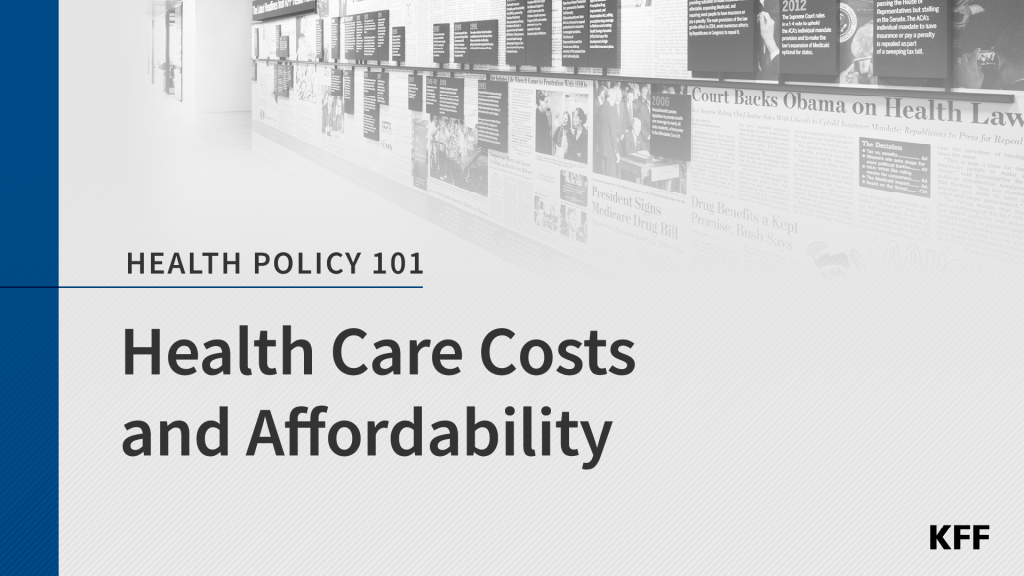Most Women are in Favor of Making Birth Control Pills Available Over the Counter without a Prescription if Research Shows they are Safe and Effective
A new KFF survey finds that more than three-quarters (77%) of females ages 18-49 favor making birth control pills available without a doctor’s prescription if research shows they are safe and effective.
